In Japan, a bonsai tree is not merely a plant; it is a living expression of patience, harmony, and the delicate balance between nature and human hands. With roots tracing back over a thousand years, bonsai (盆栽), literally “tray planting,” has become a beloved symbol of Japanese aesthetic sensibility. Whether you’ve admired them in tranquil gardens or are considering nurturing one on your sunny windowsill, bonsai offer more than beauty; they invite mindfulness, care, and deep cultural appreciation.
But bonsai are not carefree houseplants. These miniature trees require attentiveness and specialized knowledge from pruning techniques to soil mixtures. Fortunately, once you understand their rhythms, bonsai care becomes a calming daily ritual.
Let’s explore the essentials of bonsai tree care, including species selection, pruning, placement, watering and soil.
Choosing Your Bonsai: Tree Species and What They Need
Not all bonsai are created equal. Different bonsai species require distinct care routines depending on their native climate, growth cycle, and leaf type. Here's a breakdown of popular categories:
🌳 Outdoor Bonsai
- Juniper bonsai: Hardy and iconic, ideal for beginners.
- Pine and spruce: Traditional favorites in Japanese gardens, these conifers demand ample light and seasonal care.
- Cold-hardy bonsai: Trees like maples and elms tolerate winter dormancy outdoors.
🏡 Indoor Bonsai
- Figs (e.g., Ficus retusa): Tolerant of indoor humidity levels.
- Mini jade and bougainvillea: Subtropical species that thrive with warmth and indirect light.
- Brazilian raintree and olive bonsai: Require bright locations and consistent watering.
Tip: Choose a species suited to your local climate and available light. This makes care routines far more intuitive.
Light and Placement: Giving Your Bonsai the Right Environment
Placement is pivotal to your bonsai’s health. These small trees are still biologically full-size in need — especially when it comes to light and temperature.
☀️ Sunlight & Temperature
- Most bonsai require direct sunlight for several hours daily.
- Indoor bonsai should be placed on a sunny windowsill away from cold drafts and vents.
- For cold-hardy outdoor bonsai, consider a protected but unheated area during winter to allow proper dormancy.
Pro Tip: Bonsai in small pots dry out more quickly, so consider a tray beneath to help regulate humidity, a practice inspired by traditional Japanese display techniques.
Watering: Reading Your Bonsai’s Thirst
💧 When and How to Water
- Check the top layer of soil: If dry, it’s time to water.
- Water until air bubbles stop rising and the water drains from the pot’s bottom.
- Mist regularly, especially for indoor bonsai, to maintain humidity.
🚫 Avoid These Mistakes
- Overwatering can lead to root rot.
- Under-watering causes shriveling of smaller branches and yellowing of leaves.
Soil and Repotting: Supporting Healthy Roots
🪴 Soil Essentials
- Use a well-draining bonsai soil mix, often containing akadama, pumice, and lava rock.
- Ensure your bonsai pot has a drainage hole and screen to prevent clogs.
🌱 Repotting Tips
- Repot every 1–3 years, depending on species and age.
- Root pruning prevents your tree from becoming pot-bound and maintains a balanced root mass.
Fertilizing: Feeding Your Bonsai Without Overdoing It
- Use a balanced bonsai fertilizer like Green Dragon, Peter’s, or diluted houseplant fertilizer.
- During the growing season (spring to early fall), fertilize every 2–4 weeks.
- For flowering bonsais, use one lower in nitrogen and higher in phosphorus and potassium.
- Don’t fertilize freshly repotted trees until roots are re-established.

Pruning and Shaping: Sculpting Living Art
✂️ Two Types of Pruning
- Maintenance pruning: Trimming of new growth, leaves, and buds.
- Structural pruning: Cutting thicker branches to refine the growth pattern.
🧵 Wiring and Styling
- Wiring with thin wire gently shapes branches over time.
General Maintenance: Tips for a Thriving Bonsai
- Check for pests weekly.
- Remove dead leaves and trim as needed.
- Observe changes in leaf color or moisture levels.
Keep a bonsai care reference guide handy, learning is ongoing with every tree.
Conclusion: A Way to Grow Stillness
Caring for a bonsai tree is more than a hobby, it’s a quiet dialogue between you and nature. Whether you’re tending a stately juniper bonsai in a traditional Japanese bonsai pot or gently misting your mini jade beside your morning teacup, this practice invites you to slow down and appreciate life’s finer textures.
Let your bonsai ritual mirror the Japanese philosophy of wabi-sabi embracing imperfection, simplicity, and the beauty of the present moment.







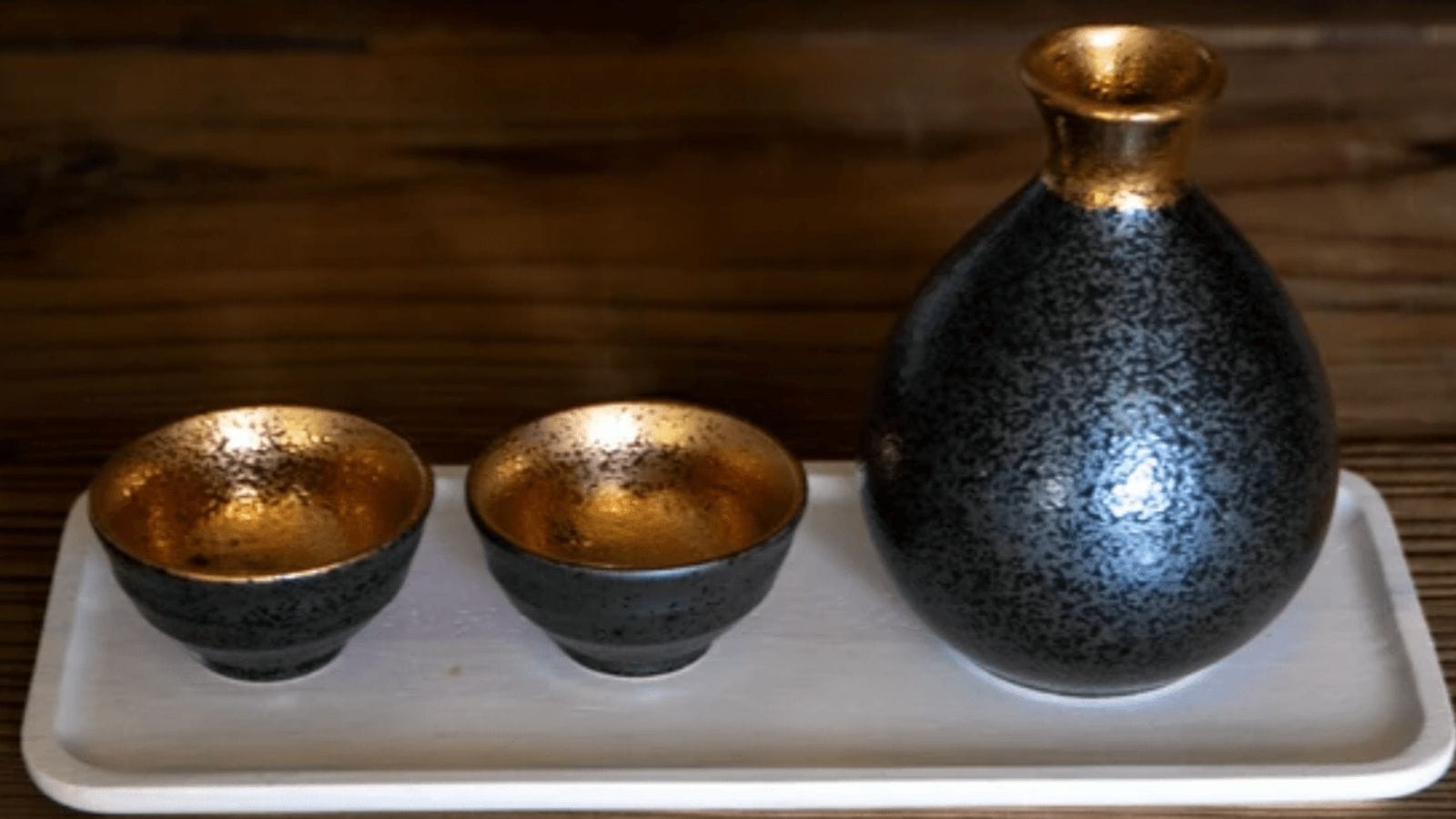
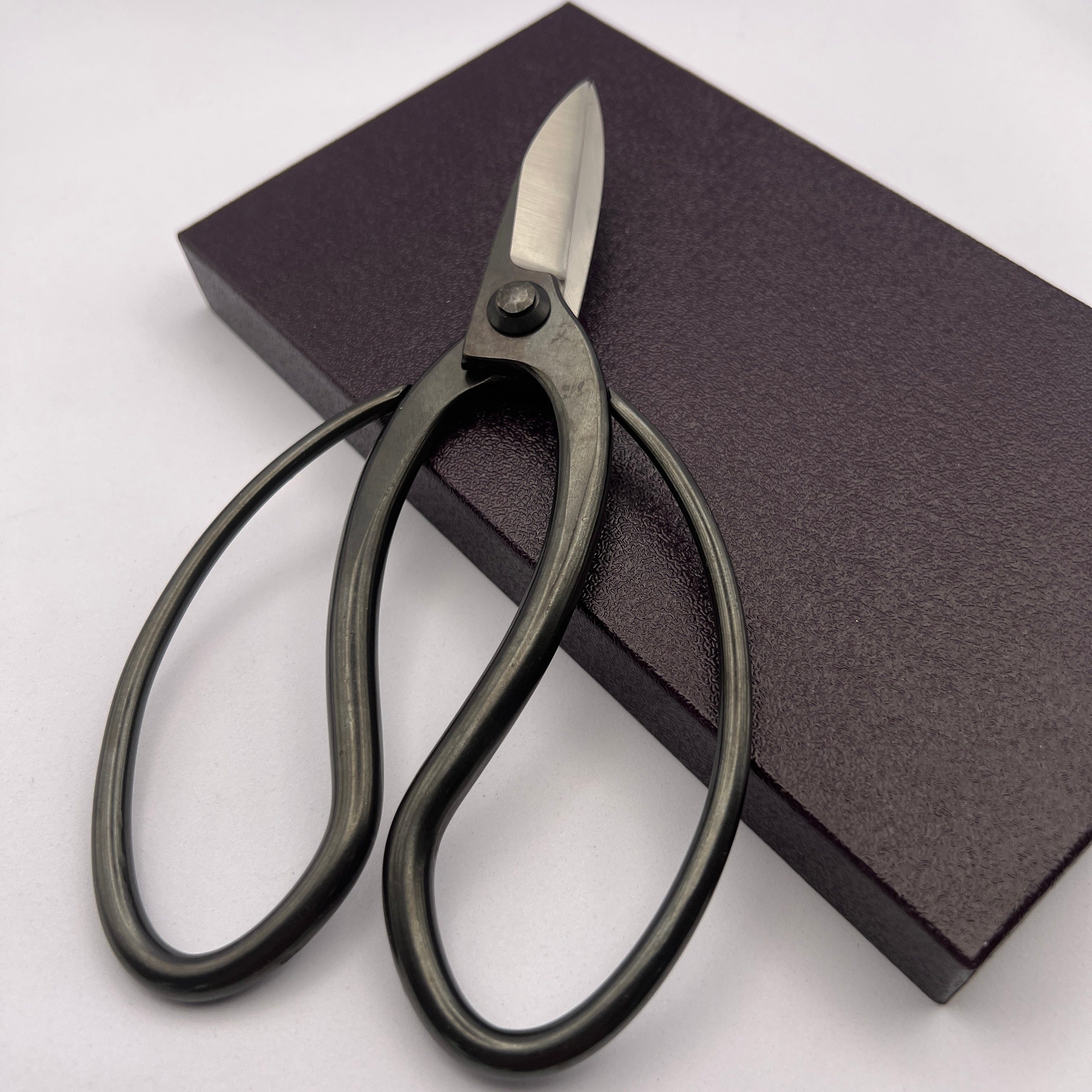
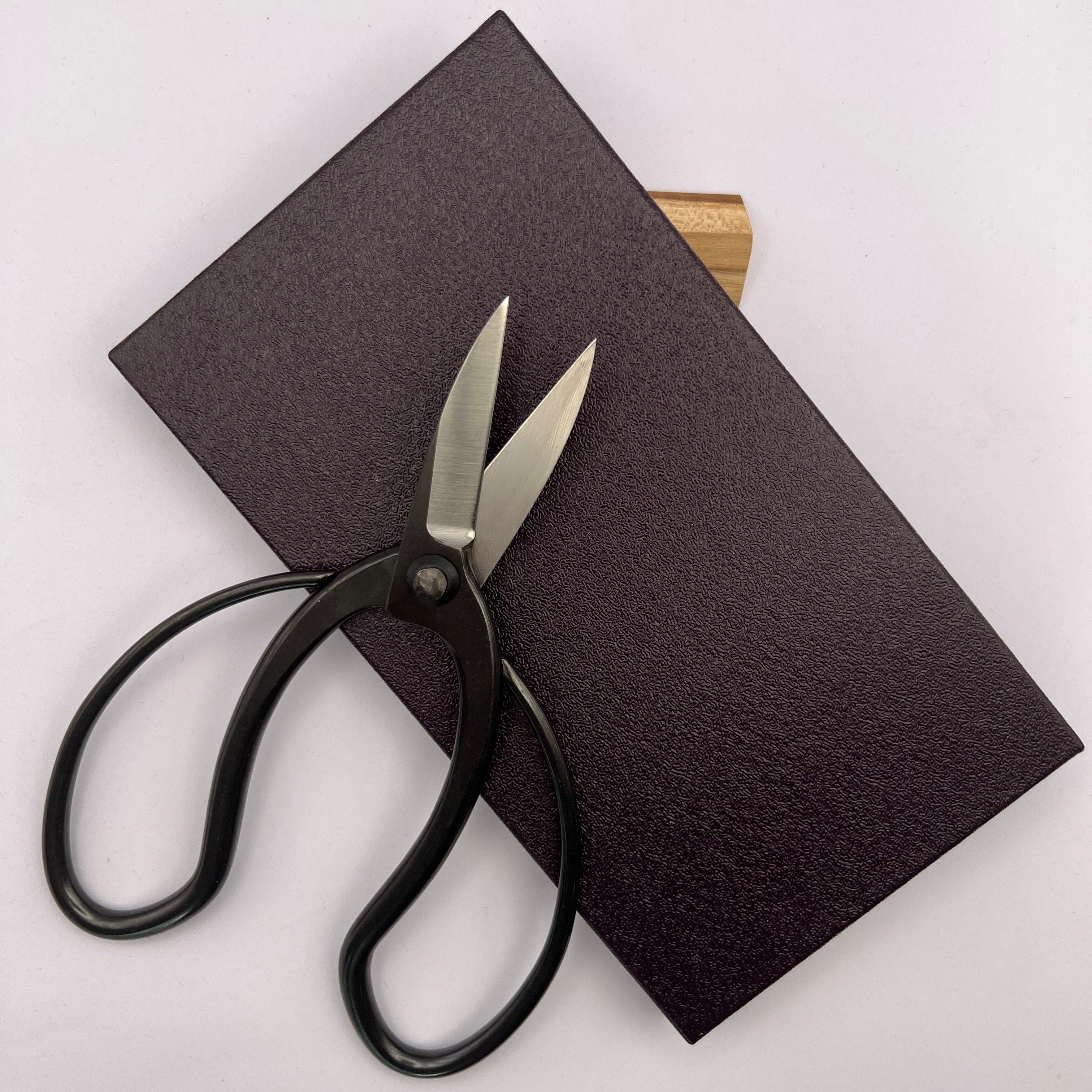
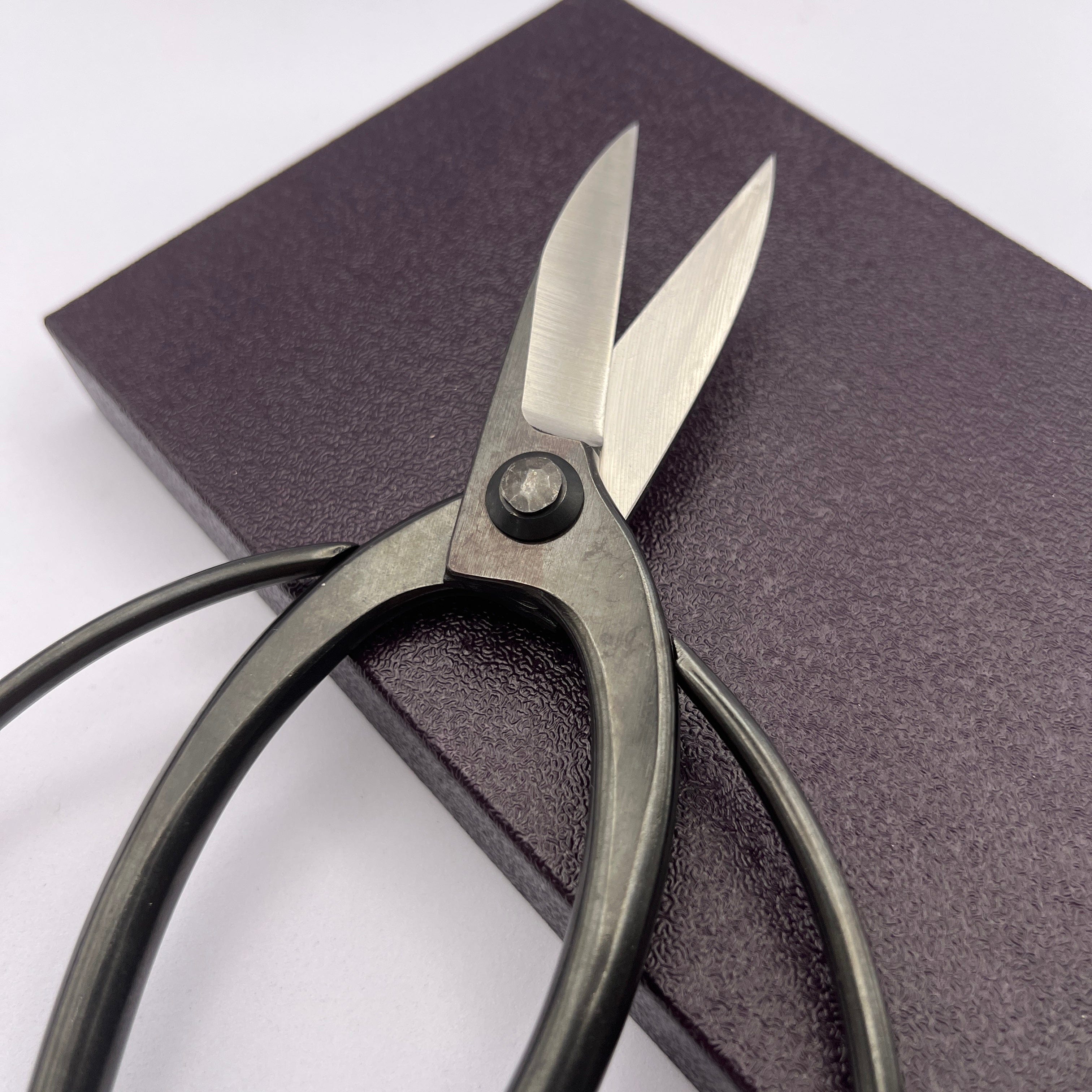

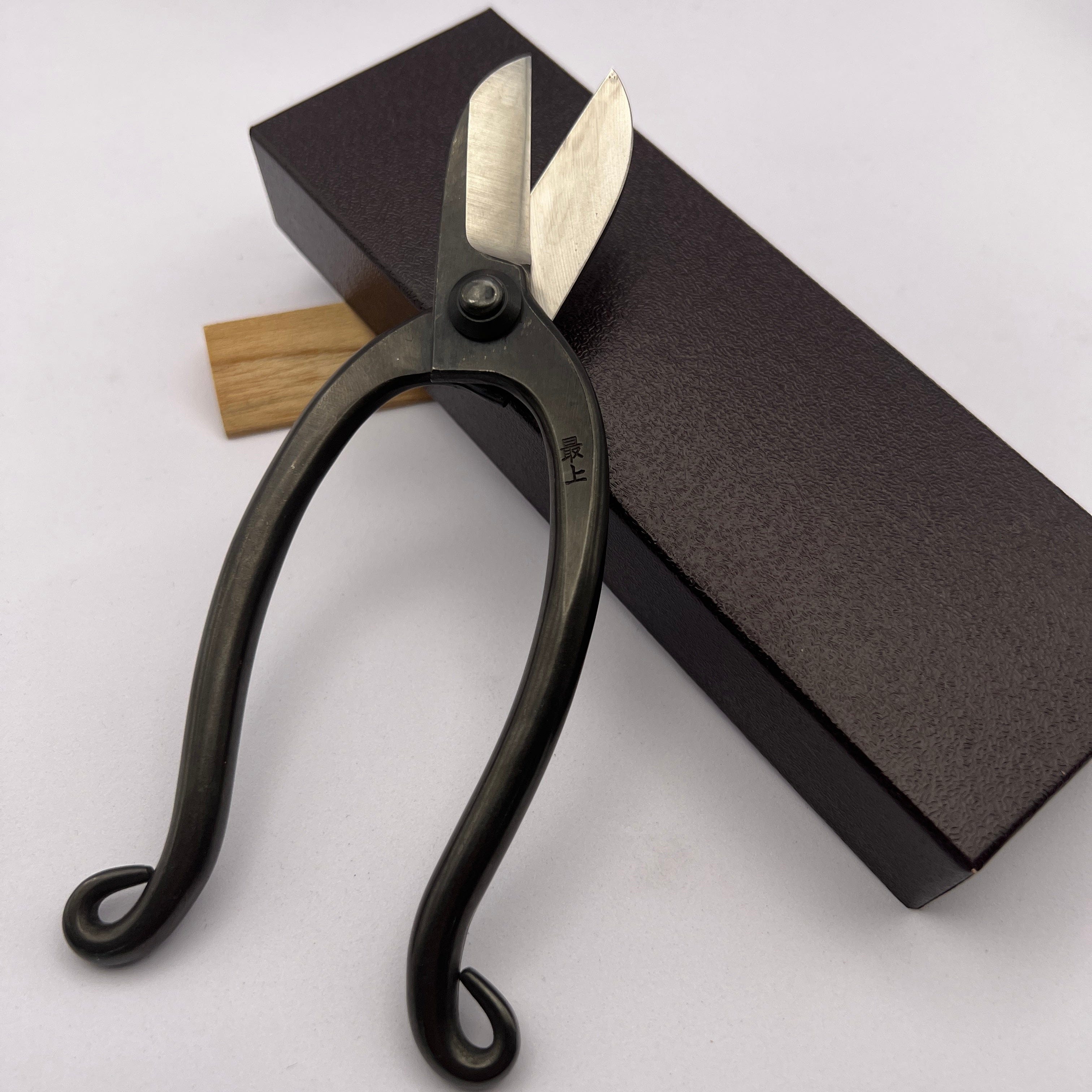
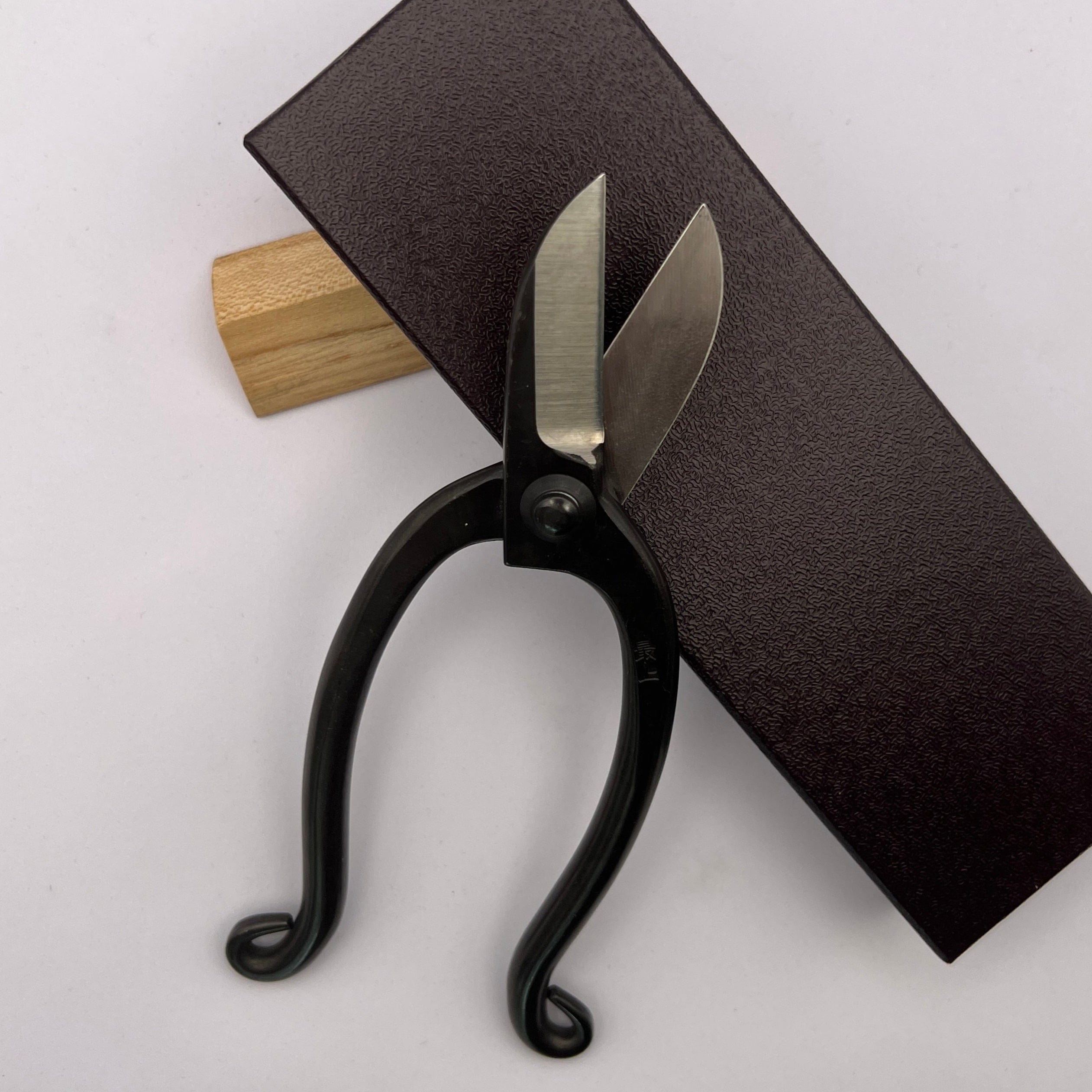
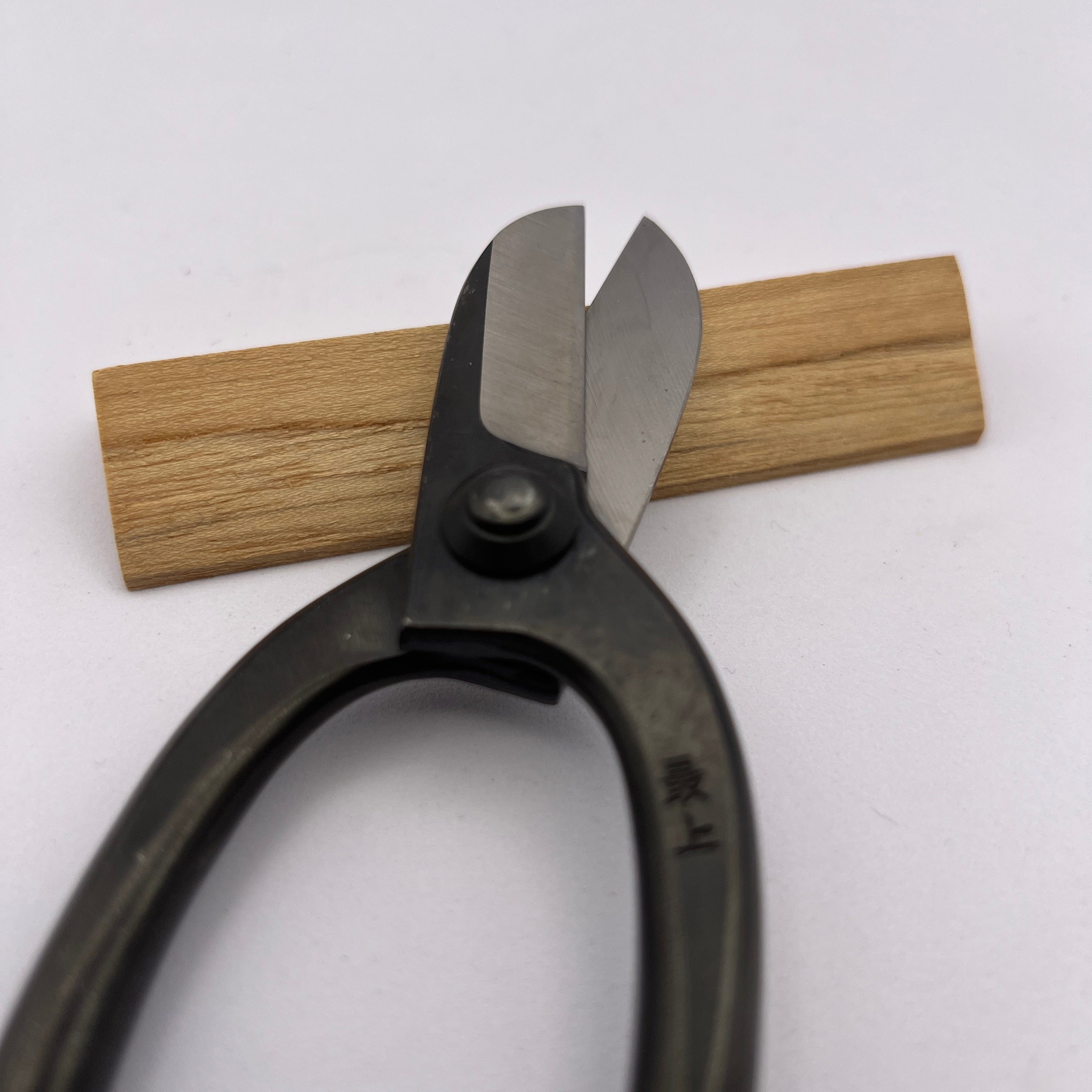
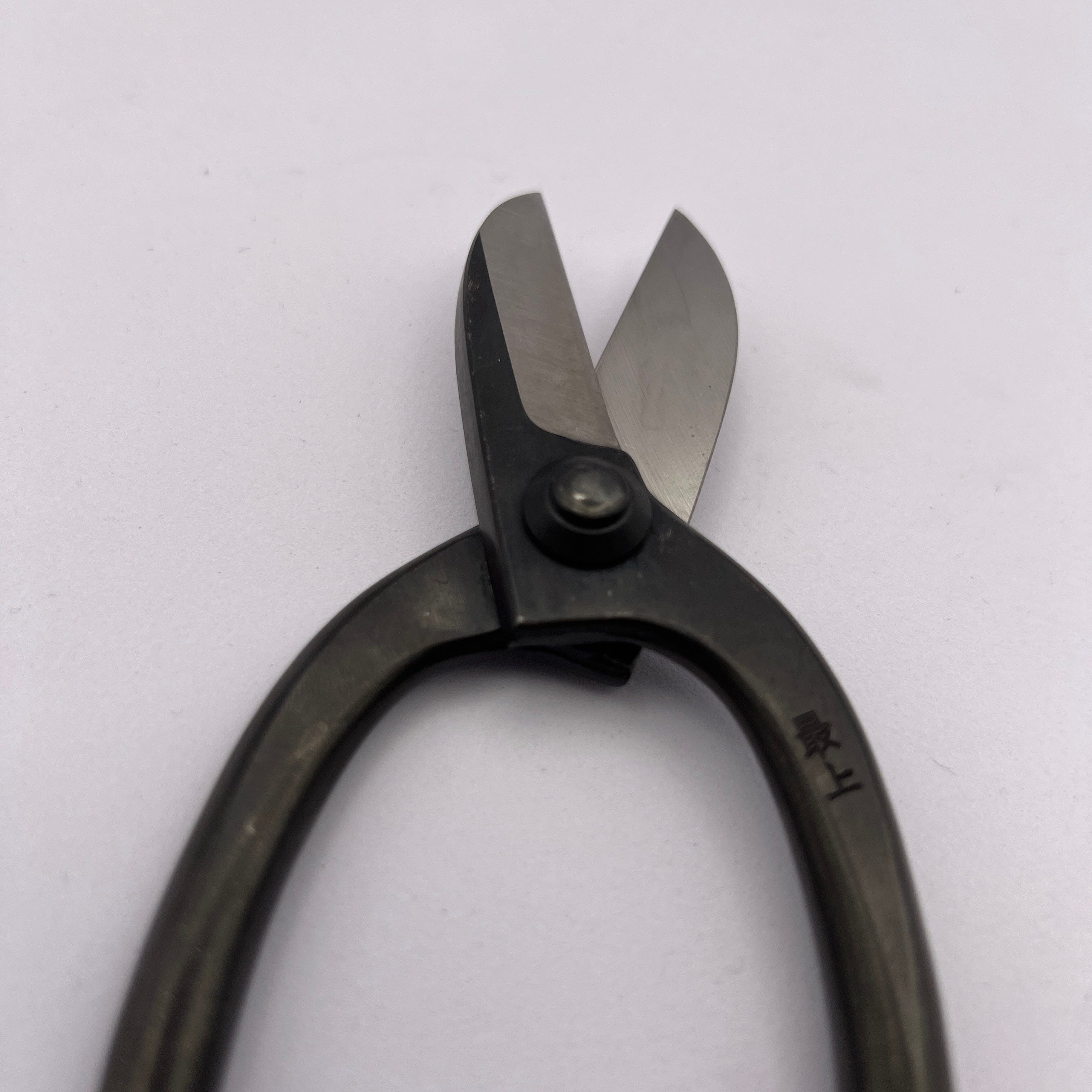
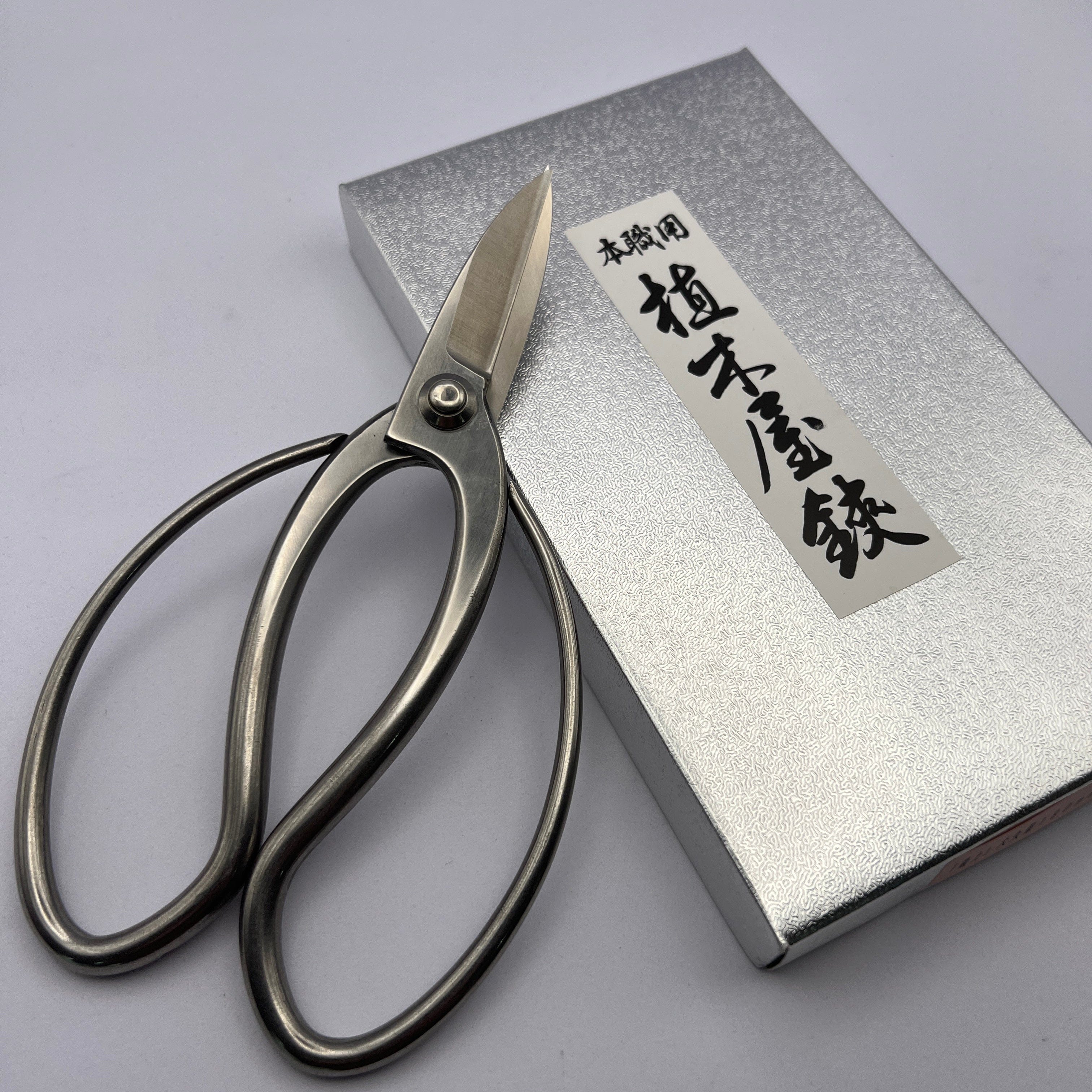
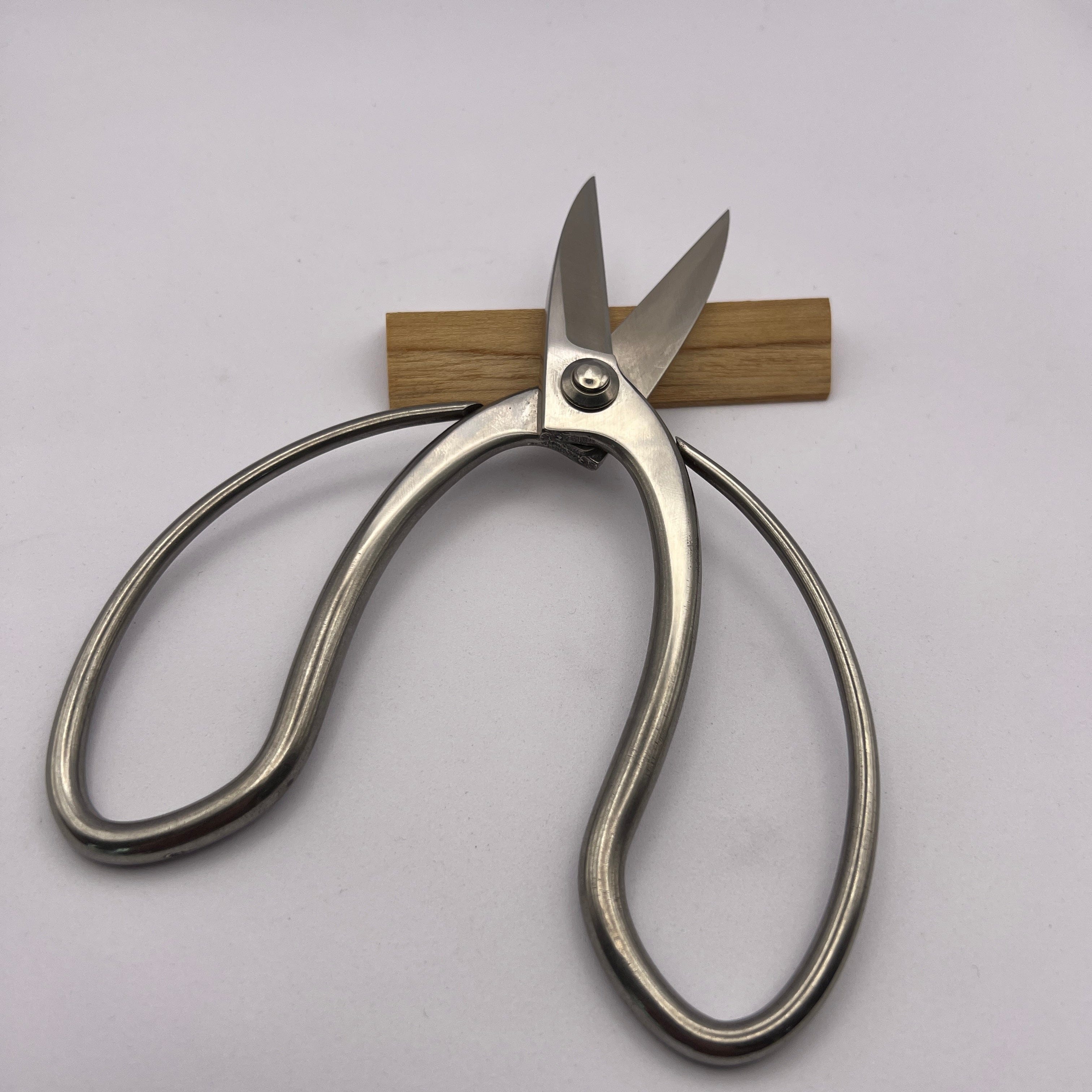
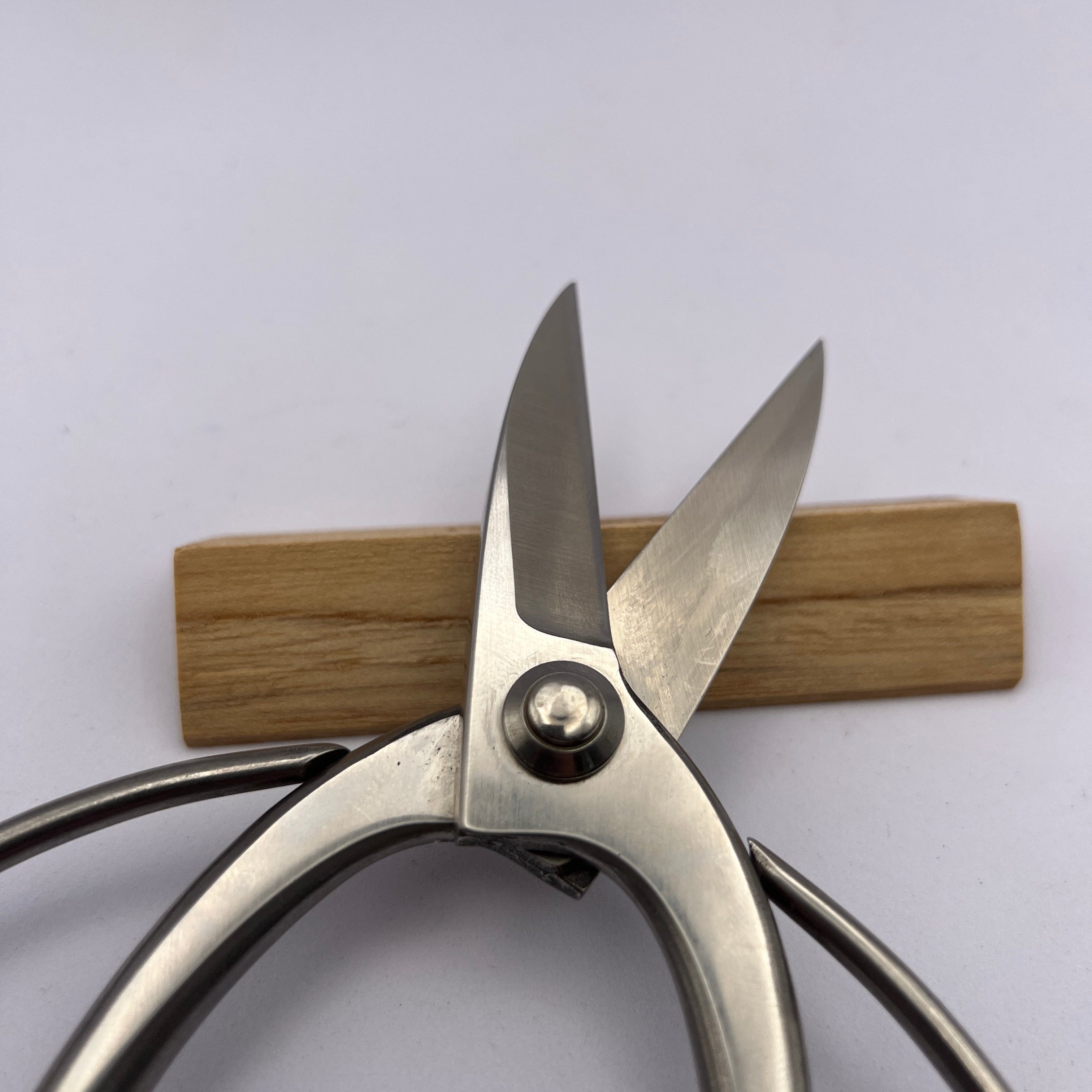
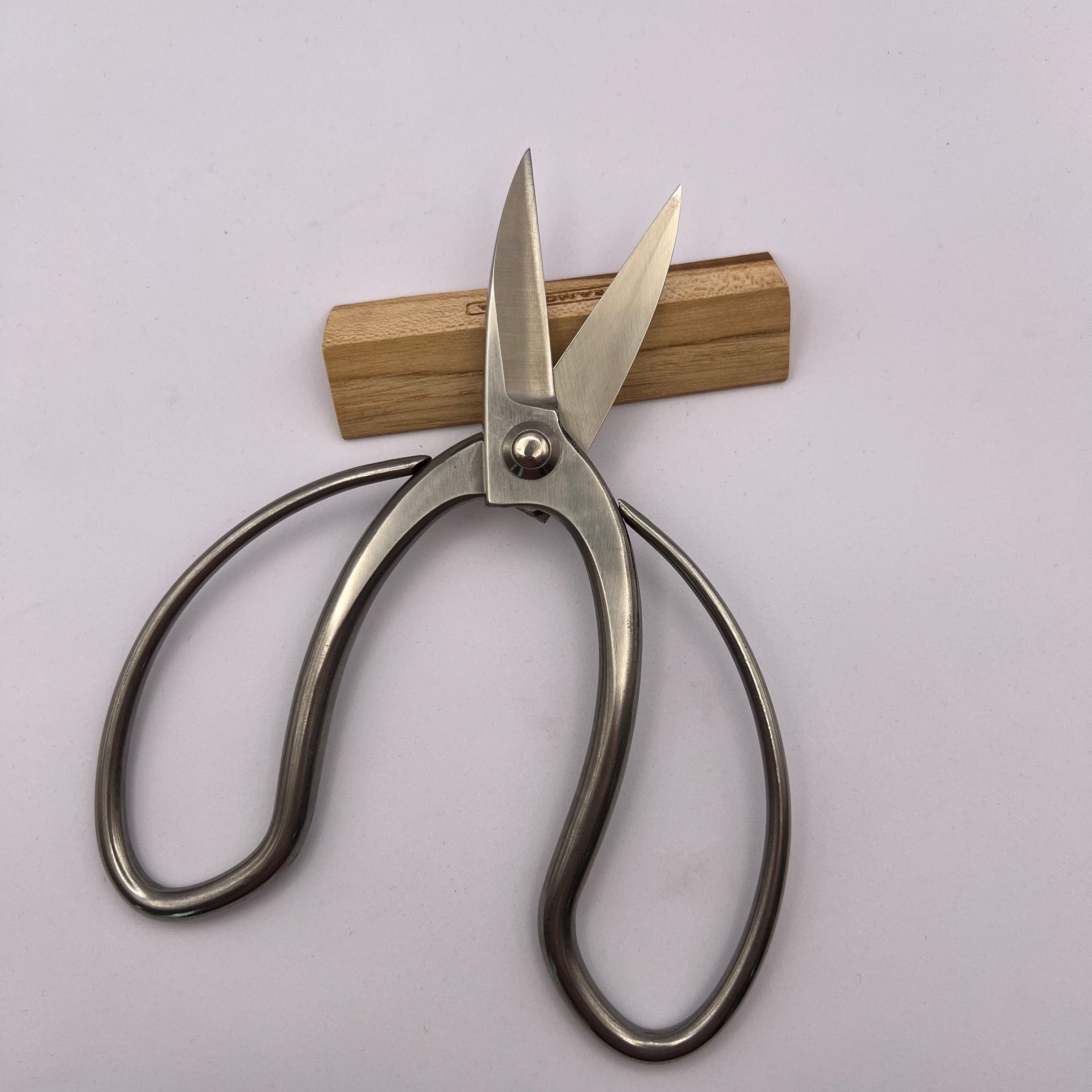

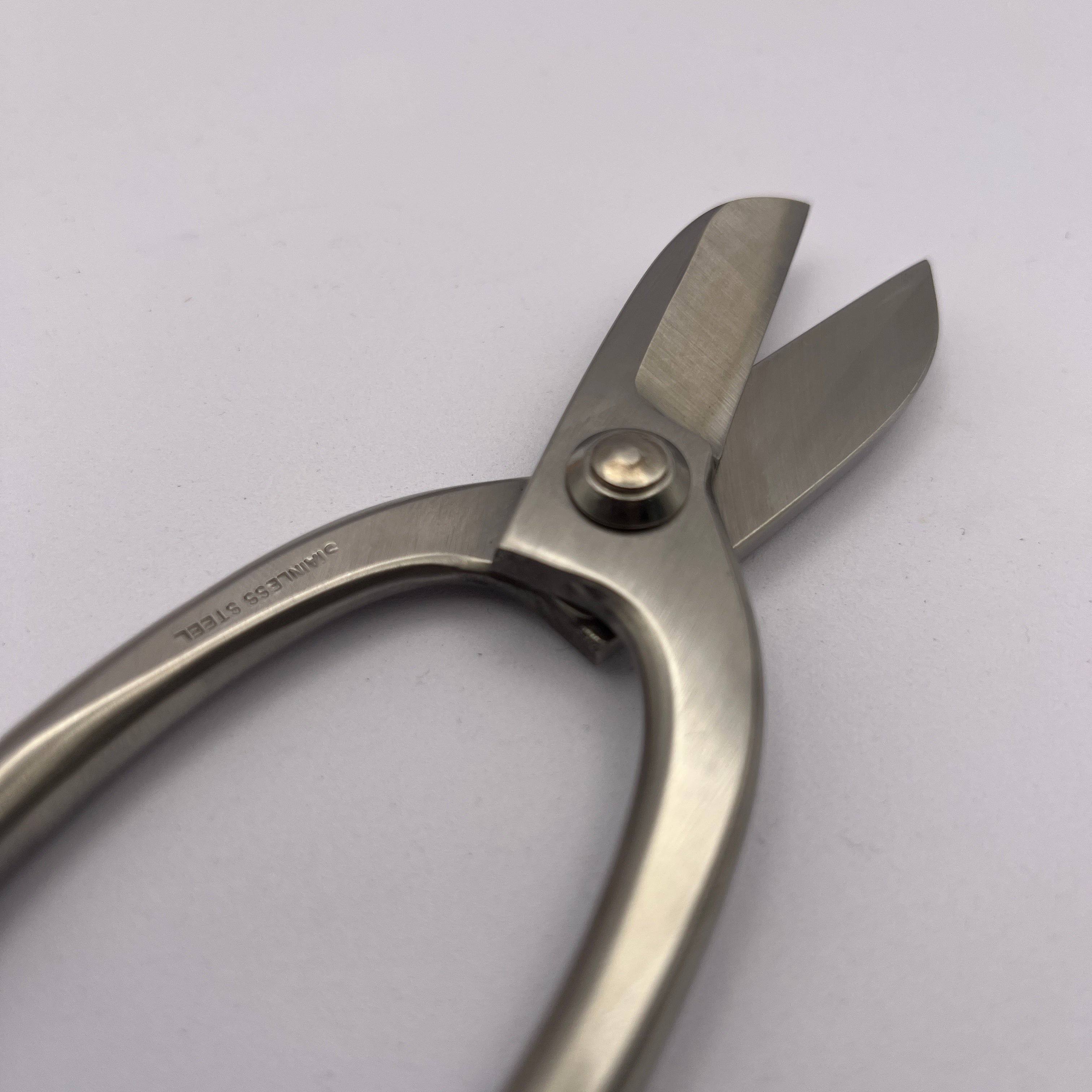
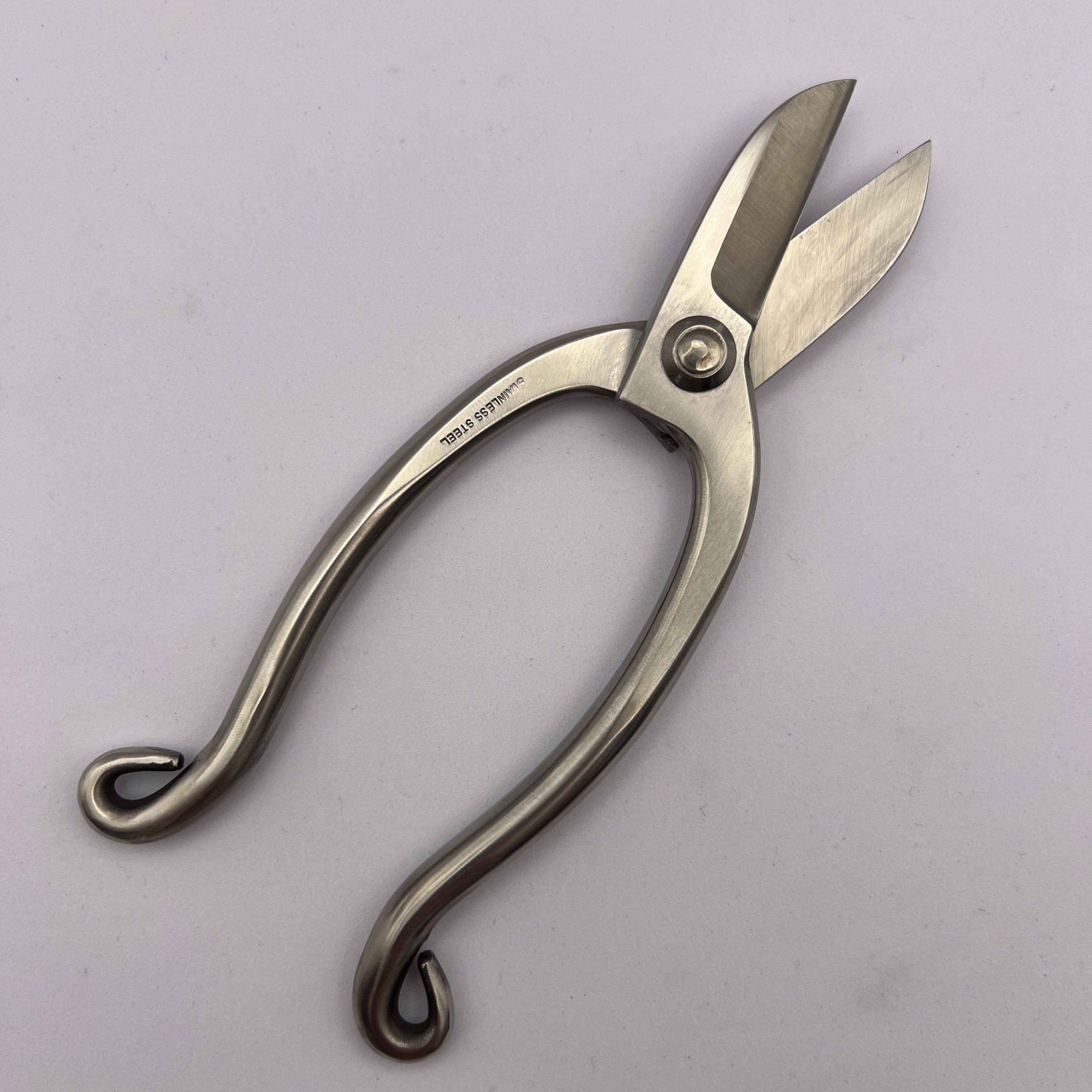
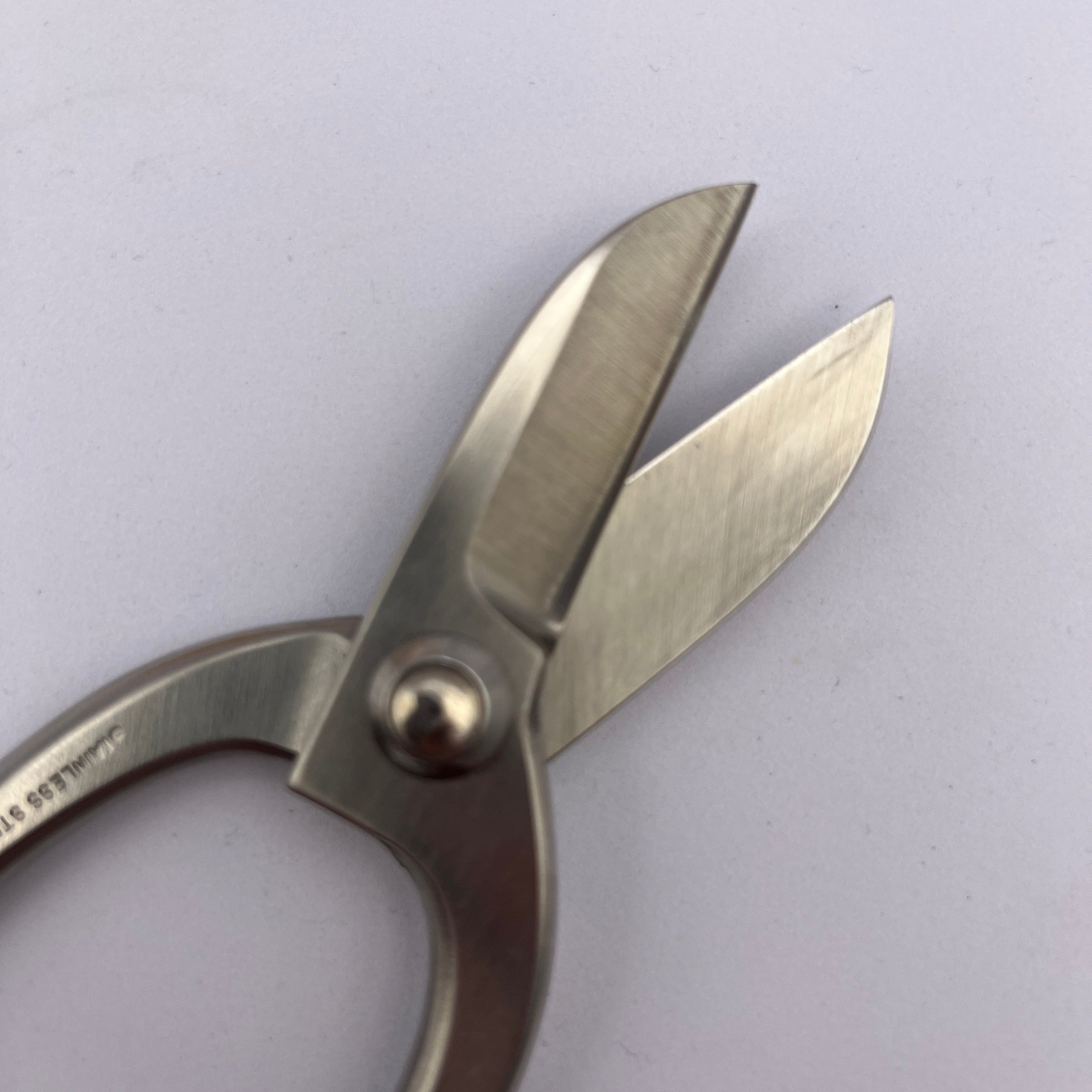
Share: